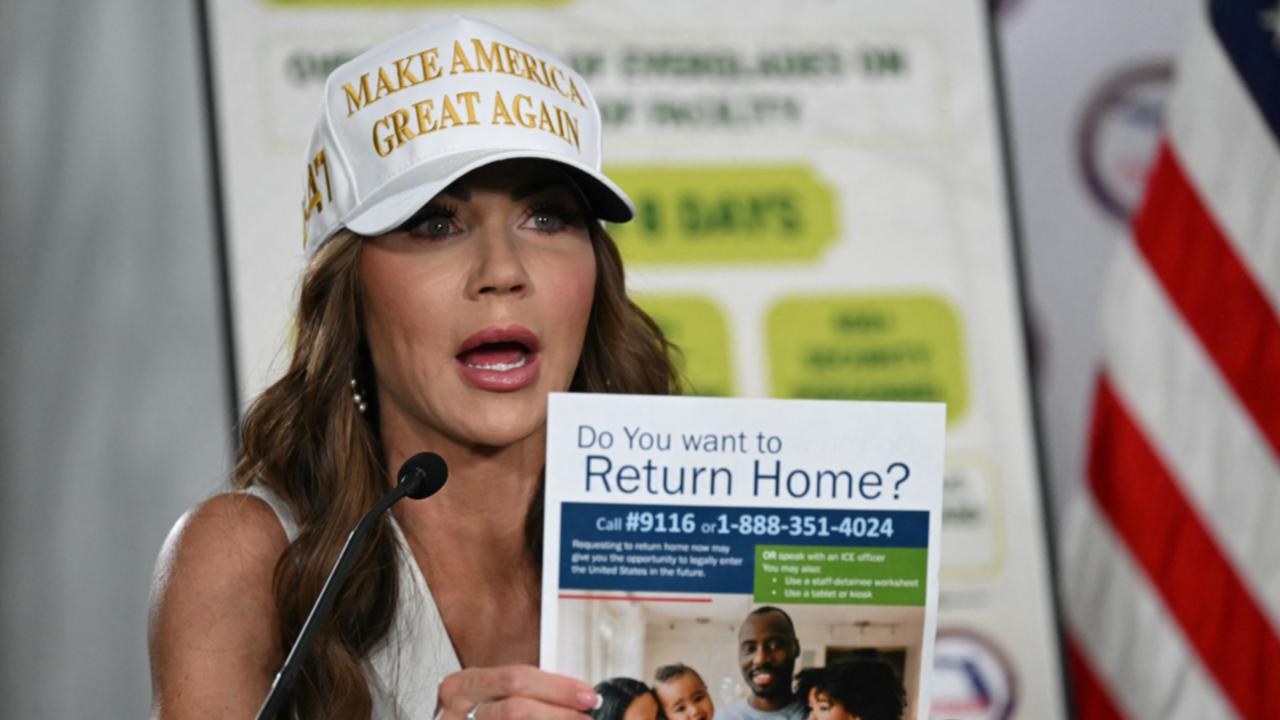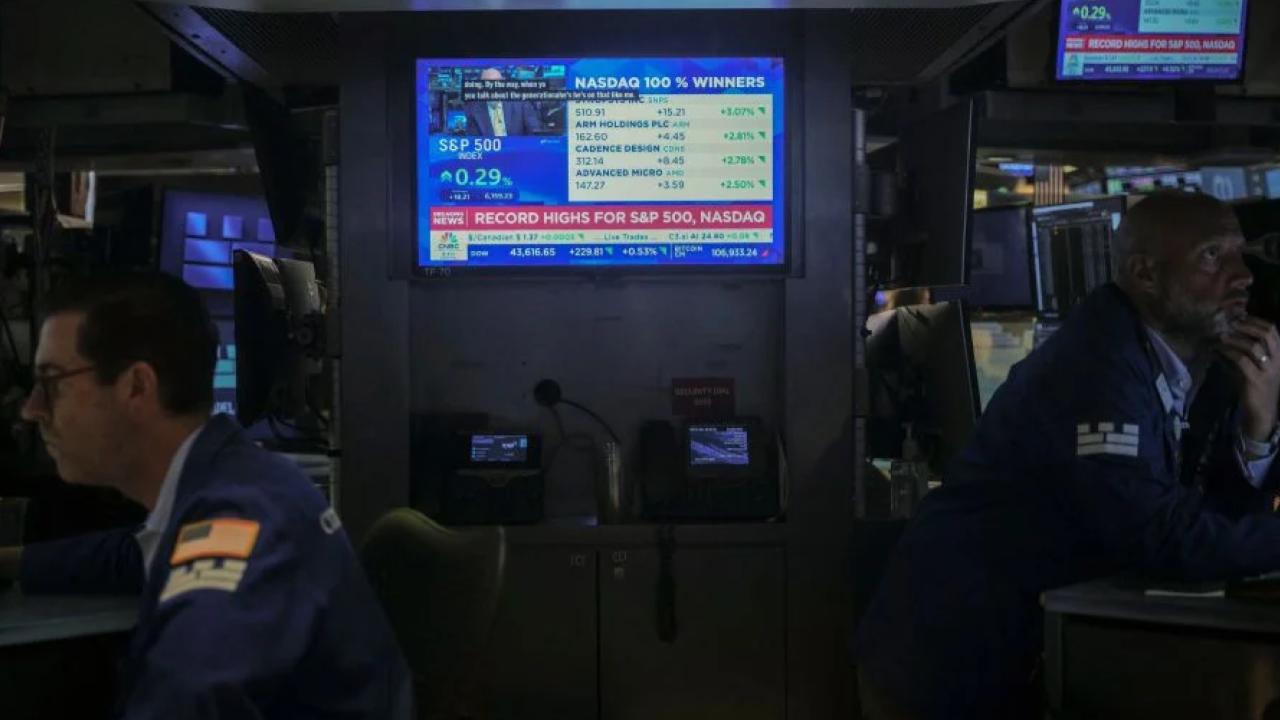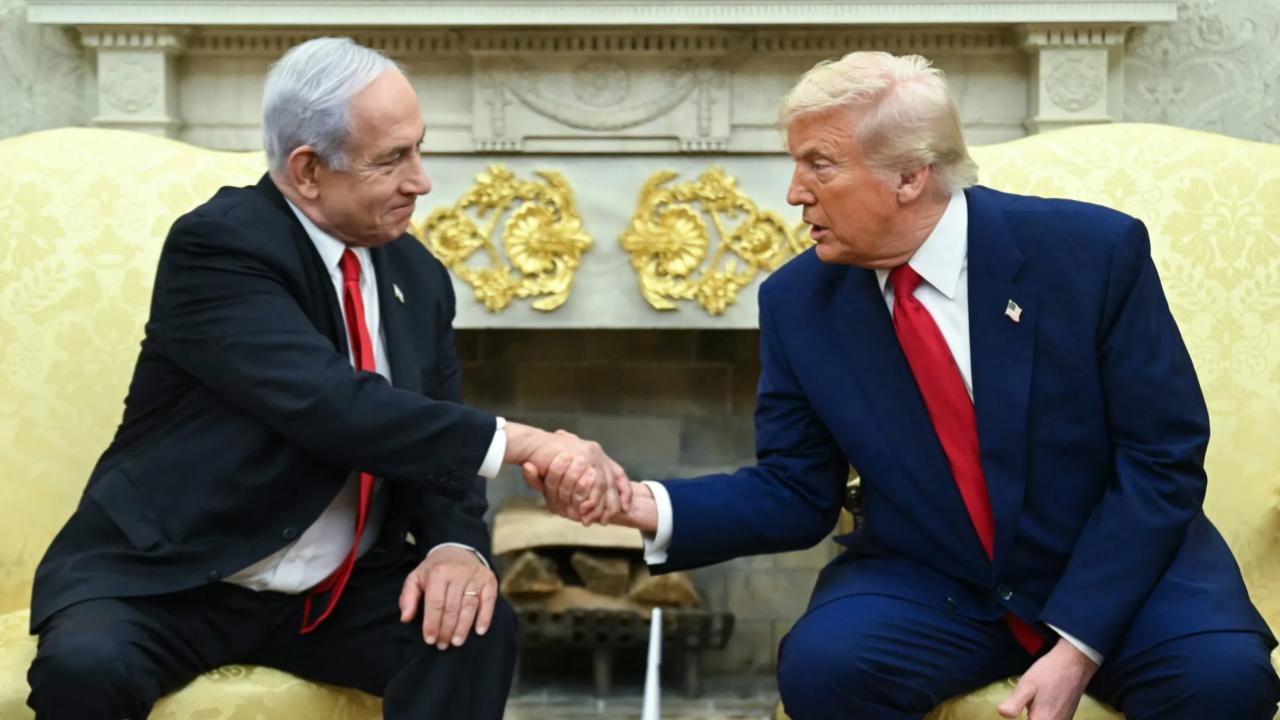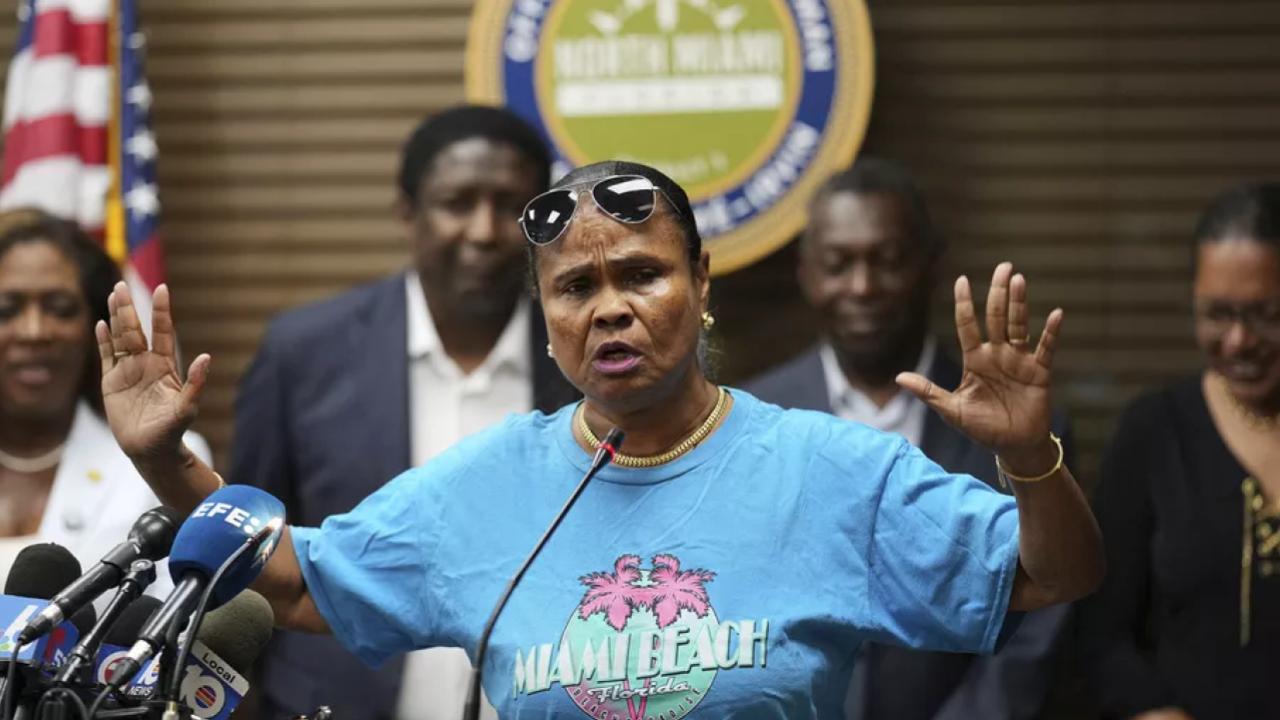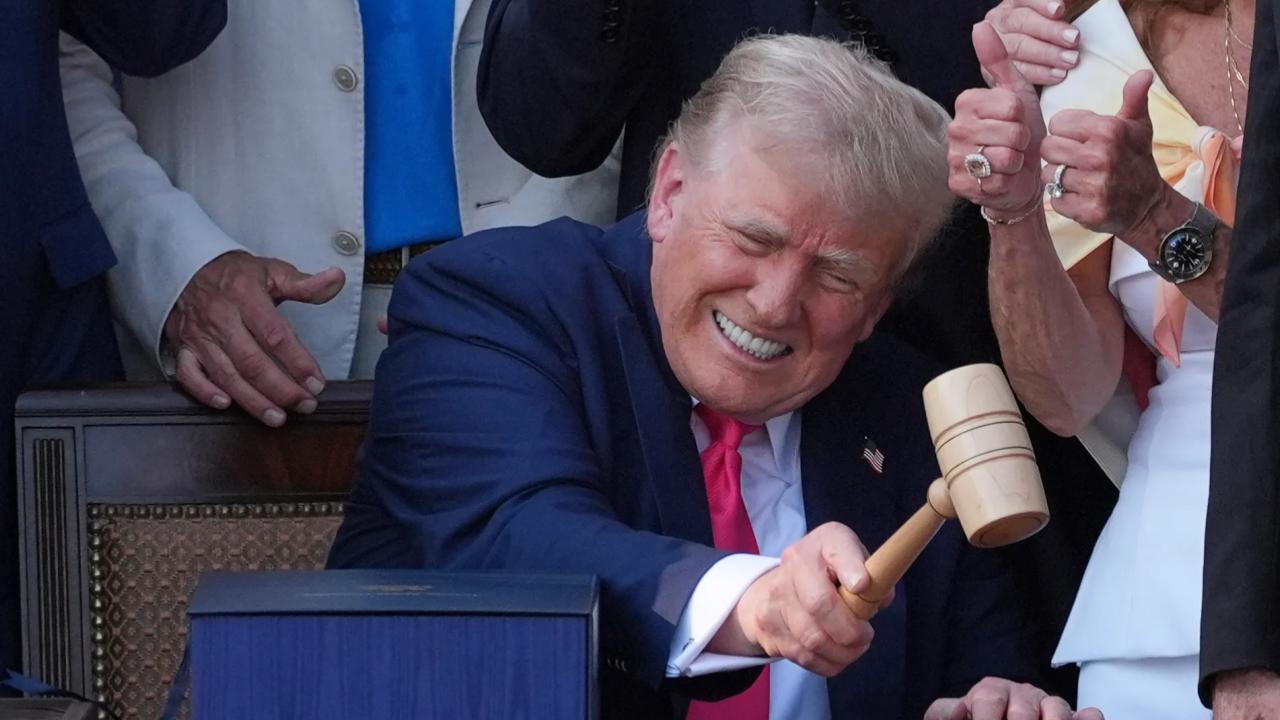Roughly 16 years after the federal minimum wage froze at $7.25, a new wave of July 1, 2025, pay increases across multiple states and cities is giving over a million American workers something they haven’t seen in years—real wage growth. From Alaska to Washington, D.C., these new rates aren’t just changing paychecks. They’re redefining what it means to work a minimum-wage job in America.
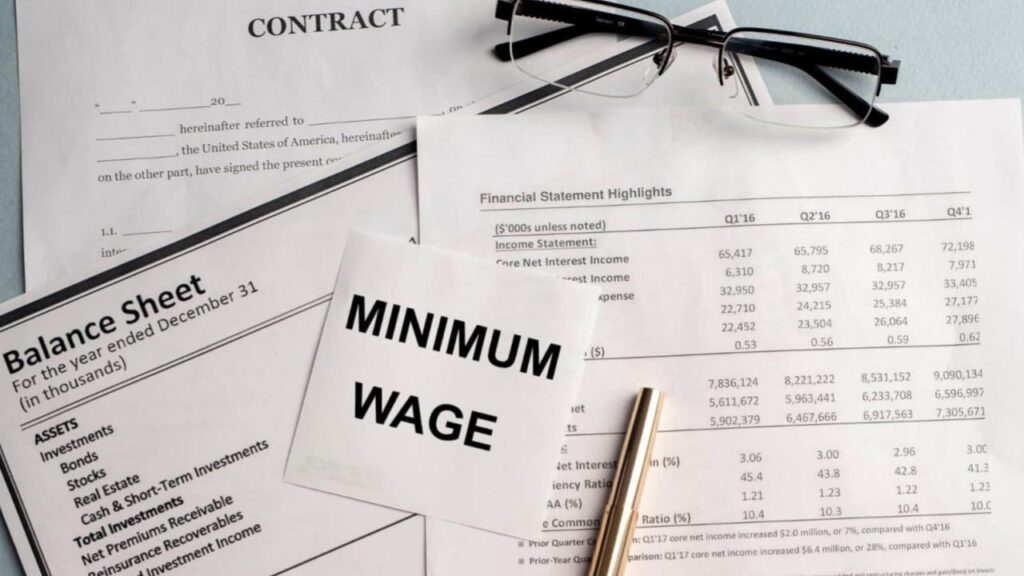
New Minimum Wage Shocks the Nation
| Change | Impact |
|---|---|
| Alaska’s new minimum | Up $1.09 to $13/hr |
| D.C. bump | $17.95/hr, tipped $10 |
| Oregon rise | $15.05/hr in Portland |
| Federal proposal | $15/hr with inflation link |
From Anchorage to Atlanta, the message is clear: minimum wage laws are no longer static or symbolic. They’re changing fast, one city at a time—and if Congress follows through, soon one country at a time.
Whether you’re celebrating a bigger paycheck or prepping for tighter margins, it’s time to pay close attention. Because for the first time in a long while, minimum wage is making maximum noise.
Why Wages Are Suddenly Moving
These state-level boosts come as the federal minimum wage remains locked at $7.25/hour—unchanged since 2009. That’s prompted cities and states to take matters into their own hands.
Many of the changes kicked in on July 1, with Alaska raising its rate to $13 an hour, Oregon to $15.05 in metro Portland, and D.C. jumping to $17.95—one of the highest in the nation.
According to the Economic Policy Institute, if a federal raise to $17 were enacted, it could mean $3,200 more per year for full-time minimum-wage workers and a $70 billion total annual boost to household incomes. That’s no small change.
Red States, Blue States, and a Purple Proposal
Perhaps most surprising? A bipartisan proposal now brewing in Congress. Republican Senator Josh Hawley and Democrat Peter Welch have co-authored a bill to raise the federal minimum wage to $15/hour, with annual increases tied to inflation.
This comes as even former President Donald Trump signaled openness to a wage increase—though he stopped short of endorsing a specific number.
As strange as it may seem, this issue is shaping up to be one of the few bipartisan sparks in an otherwise gridlocked Washington.
What This Means Where You Live
These wage hikes aren’t just happening on paper. They’re in effect now:
- Alaska: $13.00/hr (+$1.09 from prior rate)
- Washington, D.C.: $17.95/hr, tipped minimum $10.00
- Portland, Oregon: $15.05/hr
- Chicago, IL: $16.60/hr (tipped: $12.62)
- Montgomery County, MD: Up to $17.65/hr for large employers
- St. Paul, MN: $15.00/hr (small firms), $13.25 (micro firms)
Each bump means more money in workers’ pockets—and pressure on neighboring regions to follow suit.
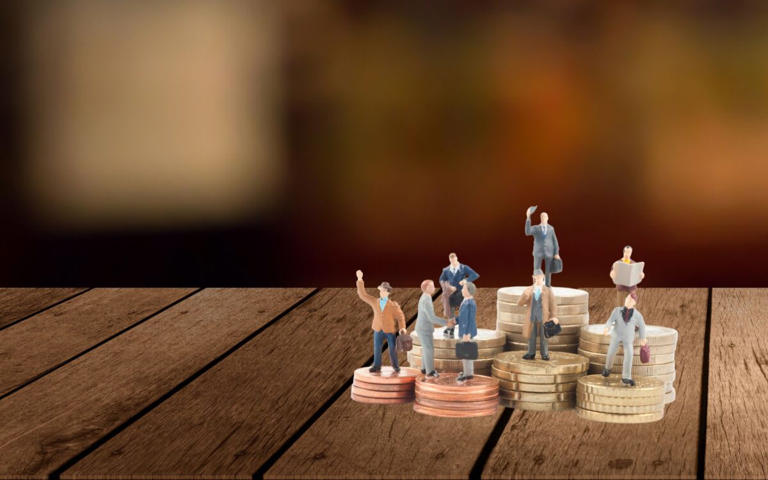
If You’re a Worker
- Check your paycheck. The new rate took effect July 1 in many cities.
- Expect more. If Congress passes the $15 federal wage, your pay could rise again—nationwide.
- Watch the tip credit. D.C. and others are phasing it out, raising base pay for tipped workers.
If You’re a Business Owner
- Review wage classifications. Cities like Montgomery County, MD have tiered employer thresholds.
- Budget for wage compression. Raising the floor often requires adjusting wages across the board.
- Communicate early. Transparency with staff helps ease the transition and avoid retention headaches.
Bigger Picture: Economics and Equity
The wage hike wave is part economics, part equity. A CBS News report found that women—especially Black and Latina women—make up the majority of those benefiting. That’s huge, considering many of these workers live in areas where housing and living costs have soared post-COVID.
Meanwhile, economists remain divided. While higher wages can boost consumer spending, some fear added labor costs could lead to job cuts or accelerated automation—especially in food service and retail.
FAQs
What is the current federal minimum wage?
Still $7.25/hour—unchanged since 2009.
Will the federal minimum wage go up?
Possibly. The Hawley-Welch bill proposes $15/hour with CPI-based increases. It’s gaining bipartisan attention.
What about tipped workers?
In some areas like D.C., the tip credit is being phased out, meaning higher base wages for servers, bartenders, and more.
Can my city or state set its own rate?
Yes, and many already have. Check your local Department of Labor for updates.

